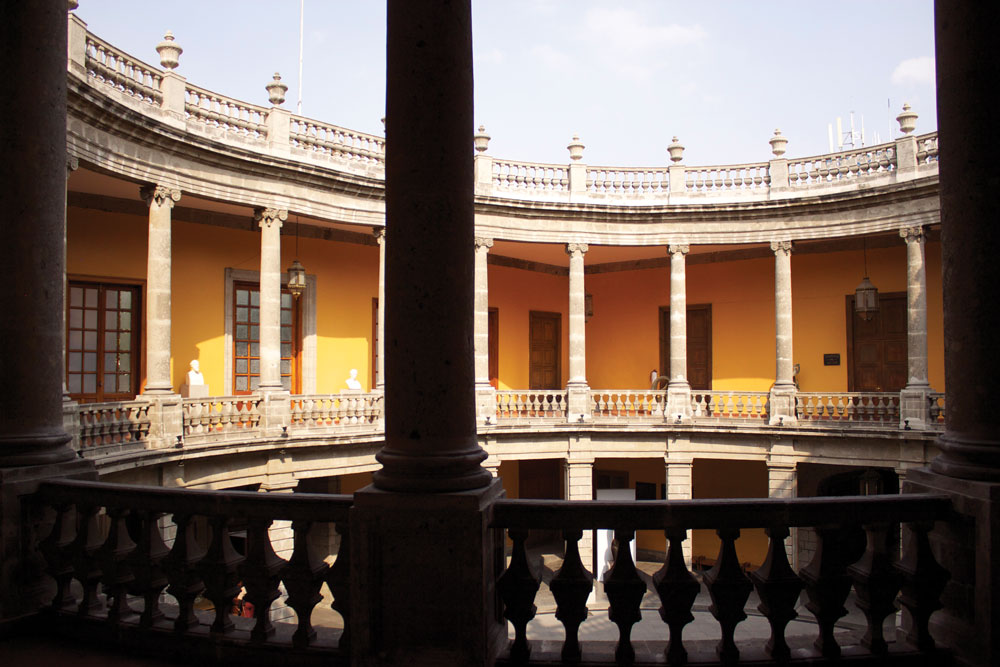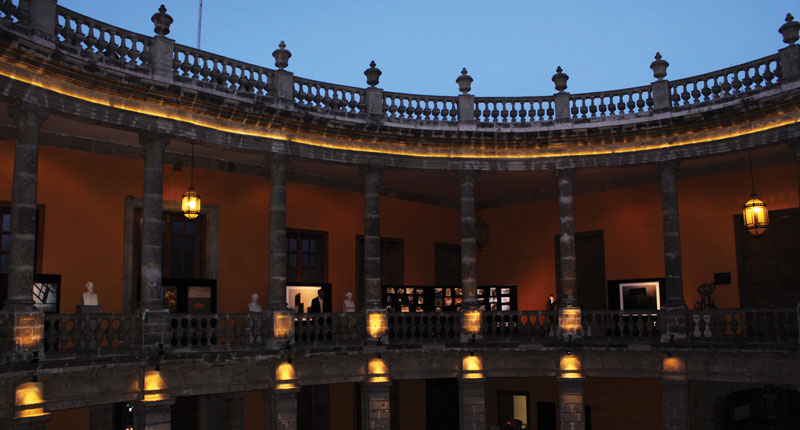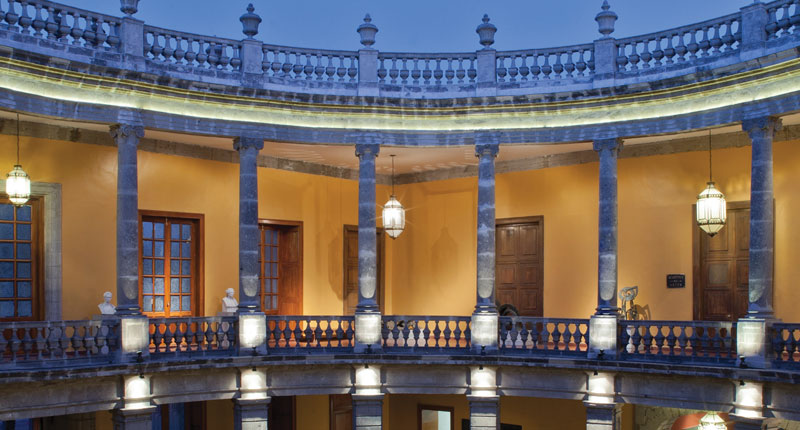The construction of the building that houses the National Museum of San Carlos was carried out in the late eighteenth and early nineteenth centuries. The construction project, carried out in 1798 and 1805, is attributed to the prestigious Valencian architect Manuel Tolsá (1757-1825). The history of the building goes back to the order made by the Marquesa de Selva Nevada, Mrs. María Josefa Rodríguez de Pinillos and Gómez de Bárcena (-1813), for her son José Gutiérrez del Rivero and Pinillos y Gómez, (¿-1804), who died before the construction of the mansion ended and who bought the title of Conde de Buenavista. During the nineteenth century, the area known as Tlaxpana and the Palace fulfilled residential functions for important characters in the history of Mexico, among which are: General François Achille Bazaine, Antonio Lopez de Santa Ana, José María Romero de Terreros, III Count of Regla, General José Rincón Gallardo, among other families who enjoyed the gardens of the house that covered what is now the land of the Plaza de la República.
The main access to the house in the 19th century was precisely because of the frankly neoclassical portico that houses the Buenaventura Garden or Tabacalera. In the twilight of the 1800s, the Iturbe family-at that time owners of the property-leased the building to the Mexican Tabacalera Basagoiti Zaldo y Compañía, for office and manufacturing purposes. Later, between 1823 and 1827, the building was the headquarters of the first diplomatic delegation of the United Kingdom in Mexico, offices of the National Lottery from 1933 to 1945 and National Preparatory School of the UNAM number 4 from 1958 to 1965. The former Palace of Tolsá was assigned in 1965 to the Ministry of Health and Welfare, with a view to being adapted as a School of Public Health, so they began scrupulous restoration work, until, in 1968, during the context of intense museum activity in Mexico, the Lic. Adolfo López Mateos -under the mandate of President Gustavo Díaz Ordaz-, bid for the creation of an enclosure that would house the valuable European art collection of the San Carlos Academy. The Commission of Monuments and Natural Beauties declared to the Palace of the Counts of Buenavista, National Monument on February 26, 1932.






